While the female of the species does usually take on the bulk of the parental duties in the animal kingdom, this isn’t always the case. From under the sea to up in the trees, there are some very dedicated dads in the natural world.
Seven amazing nature dads
Three-spined stickleback by Jack Perks
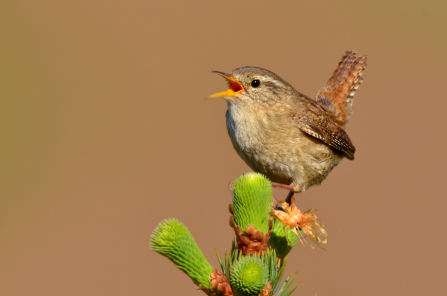
Wren by Andy Rouse/2020VISION
Wren
The wren may be one of our smallest birds, but what it lacks in size, it more than makes up for in tenacity. As well as being able to sing so loudly it actually makes their tiny bodies vibrate, male wrens are DIY superstars. They’ll build the ‘outer shell’ of not one, but several nests in their territory, with female wrens then choosing the one that takes their fancy and finishing it off with a lining of feathers. This does, however, mean that a single male wren may be helping to raise several families at once, but we’ll ignore that for now…
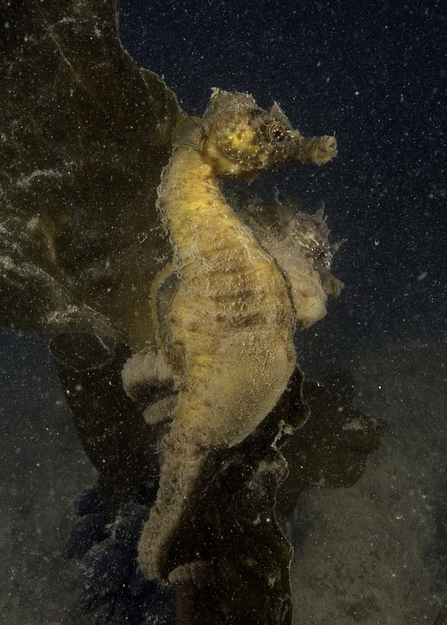
Short-snouted seahorses by Paul Naylor
Short-snouted seahorse
Seahorses are the only animal with a true reversed pregnancy. The female transfers the eggs to the male, who self-fertilises them. He then keeps the eggs in his brood pouch before giving birth to live young called fry during a labour that can last up to 12 hours! Male seahorses even experience contractions, and deliver around 100 – 200 fry during a single pregnancy.
Short-snouted seahorses can be found on the south coast of the UK, living in estuaries and seagrass meadows.
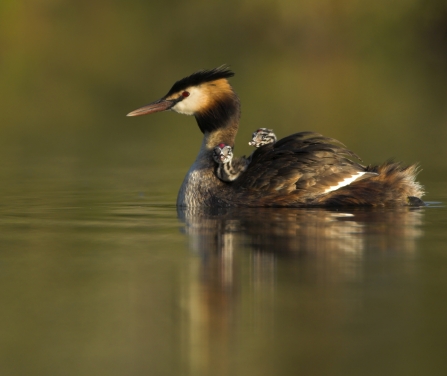
Great crested grebe
Male great crested grebes share full responsibility for brooding their eggs and feeding their young, and will even let the chicks ride around on their backs. This isn’t because the young can’t swim (in fact, they can swim and dive almost at hatching), but so the adults can teach them how to fish. They do this by leaving the chicks to float on the surface, then diving and re-emerging a few feet away so the chicks can swim back to them.
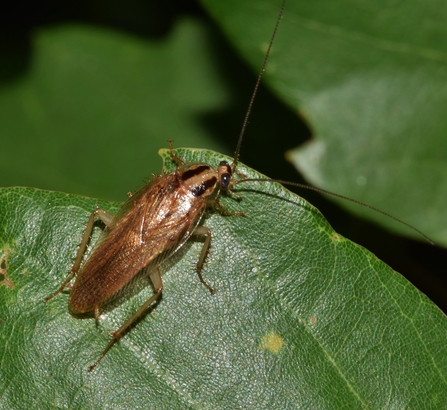
Image by Brett Hondow from Pixabay
Cockroach
Cockroaches may have a bad reputation, but the male of the species is certainly no deadbeat dad. Cockroach fathers will eat bird droppings to obtain nitrogen – an essential part of their diet – before carrying it back to their young. Then there are wood-feeding cockroaches – these house-proud parents will sweep their nurseries clean to protect their young from diseases.
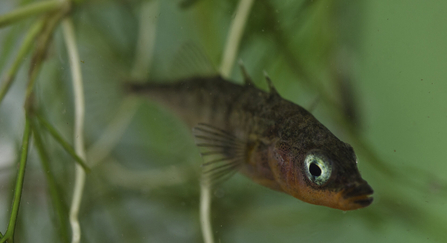
Three-spined stickleback by Jack Perks
Three-spined stickleback
You don’t want to mess with a new three-spined stickleback dad! As well as building a nest using bits of water plants bound by sticky threads ejected from his kidneys, the male stickleback guards the nest, doggedly fighting off potential predators until the eggs hatch, which can take anything from a week to a month. He’ll also fan water over the eggs to ensure they have enough oxygen to develop.
If that wasn’t enough, the male stickleback will then care for the young (about 100 fry!) for a week or more after hatching.

Bertie Gregory/2020VISION
Red fox
These doting dads go out hunting for their young every single day until they’re around three months old. After this time, they start burying food close to the den to teach the cubs how to forage. Soon after this (around July) the adult foxes start showing a little ‘tough love’ as they try to recover their own body condition; driving off their cubs and forcing them to explore their territory.
Red-necked phalarope by Derek Moore
Red-necked phalarope
The red-necked phalarope is one of the UK’s rarest birds, migrating from south America to Shetland and the Western Isles of Scotland each year. Red-necked phalaropes also have a complete role reversal. They are ‘sexually dimorphic’, meaning the female is more brightly-coloured than the male. This is because he takes on all incubating duties so needs to be more camouflaged. Females are also the ones that compete for nest sites, choose a male and then defend themselves against other females. Once the chicks arrive, she’s off, leaving the male to raise them alone.
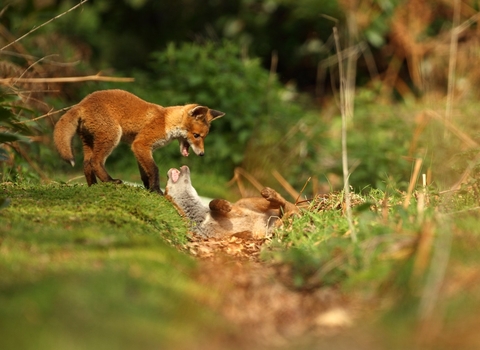
A pair of fox cubs (Vulpes vulpes) playfighting, Hertfordshire, UK - Luke Massey/2020VISION

